 Victor A. Johnson is one of the key founders the effort to bring municipal golf to Portland. His work coincided with his election as the President of Waverley Country Club which he served two consecutive yearly terms from 1915 to 1916. In 1917, was the appointed Chairman of the Committee for Municipal Golf and the key leader to the raising of private funds. Throughout the process, he is in attendance of every key meeting and would publish a regular list of people who donated money towards the design and construction of the course. Born in 1971 in Minnesota, he attended LeHigh University and entered into the mining business, which lead him to Spokane, WA which was burgeoning region following the discovery of gold in the Coeur d'Alene region. Later he would transition to the grain business, the other main economic driver of the region. In Portland Victor Johnson entered the woolen industry, which was also started in the prairies of Eastern Oregon and Washington, and he took over management for one of the woolen mills, much like the ones built just outside the gates of Waverley Country Club. It's quite possible these were located there for the express purpose of being close to the club. However, Victor himself was not much of a golfer at all. Yes, he would play in some of the couples events with his champion caliber wife, though he was usually regaled to the 4th flight in most solo competitions, which means he rarely broke 90. Respectable, though not an impressive, scoring even by 1918 standards. Victor's sport was Polo. He was the captain of the Waverley Polo team and oft quoted in the newspapers trying to rally their team to travel to nearby Tacoma CC or as far as the Western Polo Championship in Southern California. This, alas, was a trip they never made, probably on account of the immense costs and challenges it must have been to bring all those horses and players to California. Can you imagine? Riding more than 2 or 3 days on a train with all the riding gear.
Why did Victor Johnson become so involved in the cause to bring municipal golf to Portland?Why did Victor Johnson become so involved in the cause to bring municipal golf to Portland? Well there could be a great number of reasons. Many of the captains of industry at the time began to show a keen interest in civic improvements, especially around parks and recreation. Certainly he would have attended events with other leaders from the MAAC club like John C. Conville. It's also speculated in the newspapers at the time that his interest in geology and mining was a spark for the interest in golf course architecture and he may have simply caught the bug of a golf course builder following Waverley's redesign in 1912. There's a practical reason as well - to provide an outlet for golfers that otherwise are not members of the club. Afterall, private clubs are by their nature private, and even avid golfers of considerable skill or professional success cannot simply play golf without a advance invitation. In 1912, Jewish businessmen, like the great department store Meier & Frank, and the fledgling groceries of Fred Meyer, were unable to join the only other club in town so they purchased land to build their own private club, Tualatin Country Club. It's very possible that Victor A Johnson took on the cause for municipal golf along with co-founder of municipal golf Rabbi Jonah Wise, as an olive branch to bridge the gap between the clubs, and do the citizens a good turn by providing a golf course where everyone could play. "Every little bit added to what you've got makes a little bit more" is the slogan of the Committee. 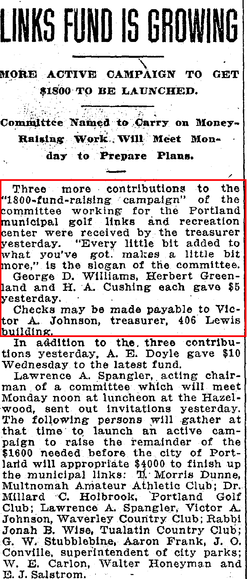 Victor Johnson was named Treasurer at the start by the Superintendent James A. Conville for the $1,800 fundraising seed fund a necessary before the City of Portland would appropriate $4,000 towards the construction. He was also listed as the leader of PR, so when an article was published some three days later on February 25, 1917 we only guess that Victor A. Johnson had a hand in getting it published. Future articles will more closely track the Committee's' progress and each of leaders contributions. What's clear is that for Victor A. Johnson, this cause was his most public to date as he's not regarded otherwise in direct participation with other efforts, public or political. Quick note, he is also listed as one of the founding members of Oswego Lake, no doubt encouraged to help fund another Chandler Egan design and bring more golf to Portland just a short drive from his home club of Waverley. He wasn't completed with his efforts to campaign for Eastmoreland Golf Links. In 1930, he along with many of the original members of the Committee would band together to petition the USGA to have Portland host the National Public Links at Eastmoreland. Their vision would soon host the very best amatuer players of public courses in 1933.  In 1923, the municipal golf program was in serious trouble from the bureaucrats in City Hall that were looking for scapegoats to sacrifice on the alter of fiscal responsibility. In fact, what was going on was the reneging of a promist for the city to purchase the land leased to the City by Ladd's Estate Company for the purpose of building Eastmoreland GOlf Course. As described in the Origin Story, the Tax Board was a group of career politicians that may very well had the ulterior motive to turn Eastmoreland into a private country club. What we see on this particular article is that attendance and revenues have been steadily increasing. There is even a movement from the neighborhood citizens to turn the Rose City Speedway into a golf course (and spoiler - they succeed along with Paul Keysey to build Rose City in 1924) as well as a initiative to turn the old county poor farm (why it's called that will need some researching) for a west side course. This too would be successful and become the course on top of forrest park where the Zoo currently resides. We know ultimately that Paul Keyser, hero to the public citizens and champion of recreation, was able to muster the courage to think outside the box, and achieve victory over those that would use the weapons of pessimism and fear to undermine the efforts to build a better Portland for all.  Budget cuts, pruning knives, limited resources.... These are words and thoughts that like stormy weather that downs powerlines, crashing trees across the roadways and fairways. Obstacles become the way. For a golfer, it's like someone cuts a hole in your bag and you watch savings account of collected golf balls fall away and realize that you have to play the round with this one lone ball in your hand. Just remember, when the chips are down, the game board is poised for brilliance. I just returned from the WWII museum in New Orleans and am often reminded on the heroics and perseverance against the odds. For example, the Battle of Britain is toasted as an early turning point and one of the greatest victories of all time because of the great odds against the Royal Air Force outnumbered by the Luftwaffe 5:1. As Winston churchill noted, it was the "few" who defeated the "many" and turned the tide of the war machine. 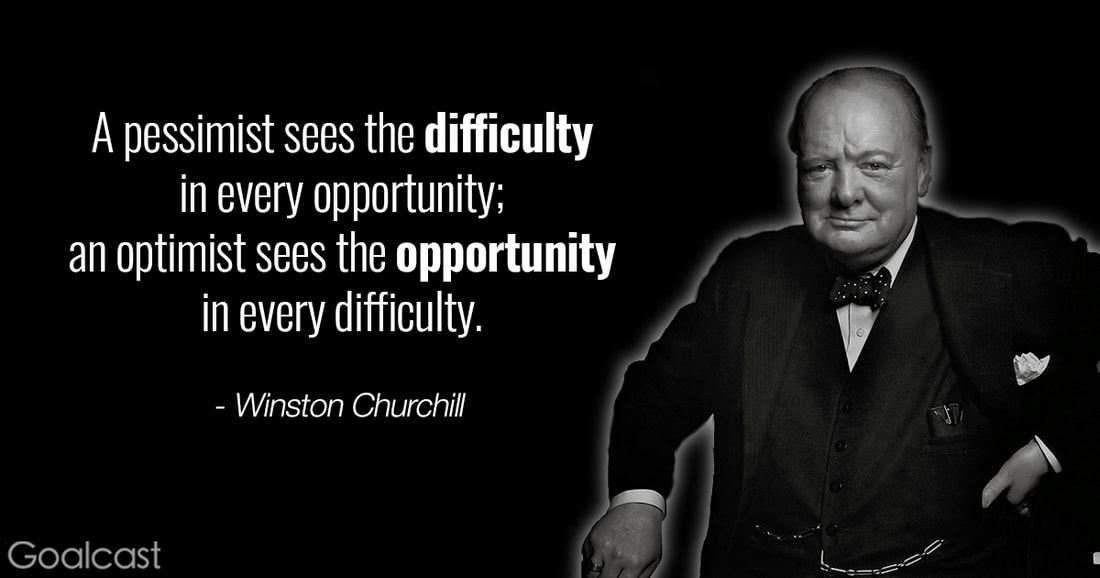 In local politics that war machine is bureaucracy, twisting itself into knots and despair of what can't happen what is impossible and lose sight on the goal and the belief that we own the power to change. Presently, as many municipal golfers know, as some concerned citizens, The PP&R Golf Program is in under siege by the war machine of a budget crisis stemming from the bureaucracy of a fixed mindset. For many many years, the Golf Advisory Committee, volunteer citizens who represent the public utility ownership of the golf assets, was informed by city management that the increase in population along with the increasing popularity of the game would result in higher and higher demand. The Golf Fund, which was always in surplus though most of the 1980's and 1990's , even so far as making 7-figure loan to the ARTS program to fund the development of the Portland's Opera House. In the past 20 years, the trend has reversed though the Golf Program has made few, if any, adjustments other than (1) raising rates - impacting availability to the public it serves - and (2) reducing costs by cutting maintenance budgets - impacting the quality of the courses. Thankfully there are people within the Golf Program that have the tenacity of Winston Churchill and the brave "few" who created a strategic plan to overcome. First and foremost the greenskeepers of the municipal golf program are some of the most talented, based on how great they keep the course in spite of constant budget cuts that limit resources and personnel. Some of the success can be attributed to newer and more efficient and environmentally friendly practices. Unlike many courses back east like Augusta, which sacrifices wildlife and bugs for the emerald green perfection (Yes the TV broadcast pipes in bird sounds like a laugh track) the Portland Municipal Courses has followed and even lead the way in minimizing the use of chemicals in favor of allowing the course to adopt to the native grasses. Interestingly, many of these practices have been pioneered in some of the oldest courses in Scotland, where the natural growth of the ground is hallowed and revered in it's imperfections. These are the purist conditions which cause "rub of the green" or random bounces and lies unlike the manicured perfection of many PGA tour events on private country clubs. Secondly, even with golf rates inching upwards year after year, the Golf Program has maintained prices at the lower end of the market. The issue with the rates and revenue is actually three distinct and separate problems which I will review here
The Golf Program will "blame it on the rain" like some 1980's one-hit wonder. For the record deluge of 2017 there is no more obvious culprit for declining revenues. It's also a fair assessment on any month-to-month basis, though in the context of a 5 year strategic plan it would be helpful to see more revenue driving initiatives. The problem isn't just the rain, after all this is Oregon, and the golf program was self sustaining for decades. The challenge is the current revenue model is not built to withstand the weather changes that result in lumpy revenue as unpredictable as the weather. In business school, the goal would be to deploy solutions designed to smooth the model is essential to effective budget planning. What the Golf Program has just started to follow golf market trends and offer more incentives for loyalty cards to golfers. Almost every public course offers loyalty incentives for regular players to purchase annual golf passes, either all inclusive or at special rates. Leadership initiated a program for a Centennial Golf Card, which for the few golfers who took the time to appreciate the offer, happily purchased one of the two options. However, many of the most avid golfers, who very likely would have benefited the most from the cards, were not sought out as customers. Interestingly enough, when I attended the GAC meetings and on occasion spoke up, the strong rebuttal from the director of golf that these passes were a terrible idea "because golfers would play too much" Which to me was laughable given the fact that the GAC and Golf Program is designed to encourage recreation. Zoller pointed to the "lifetime card" as an example of great loss to the program, which is one way to look at it, because an equal case can be made that these lifetime golfers (only 200 mind you) actually saved the program from bankruptcy in a time of great need. Remember the mission of Porltand's Public Golf Program: to offer recreational activities for all citizens of Portland under a model of financial self-sufficiency. With the pessimistic mindset from the start - is it really surprising the program wasn't successful? It should be noted that golfers that make their primary home course of Eastmoreland and Rose City did step up to the cause. Had every course sold a similar proportionate amount then the program may have succeeded, or certainly come much closer. But the other properties of Heron Lakes, Redtail and Colwood, were lagging behind and negligible sales. Why? There appears to be two critical reasons
Thankfully the PP&R and City Council was able to provide funds to the Golf Program to help stem the tide. This is equitable for a few reasons. First, the golf program has supported the ARTS program and Swimming Pools over the century multiple times - as the only self sustaining Parks Program it's given far more than it's received over the years. Second, the purchase of the Colwood property was an initiative foisted on the Golf Program by city rezoning on the original Colwood 18 hole course. The need to maintain open space for wetland habitat preservation led the city to approach the Golf Program to acquire the property with enterprise funds earmarked for the Golf Program. While the Colwood property may prove to be a great addition, the GAC board minutes indicate there was great concern for using Golf Program Cash reserves, at the time, for the renovation of a project when there were more pressing issues at hand. This concern was precient as the Colwood GC remains unprofitable and will continue to weigh negatively on cash flow for the foreseeable future.. Conclusion: The future of the Golf Program requires new vision and collaborative leadership between Golf Program and the Citizens of Portland. The golf program leaders have indicated that the Centennial Annual Pass was a failed experiment and they are going back to discounting rates. The lesson is "if you try and fail, don't ever try again." Whereas, this author and many citizen leaders of the golf community agree the real lessons to be learned are
Look to the tenacity and the integrity of Paul J Keyser, the great director of PP&R and take heart in the truth that new leadership with a growth mindset can learn from the past to build a better tomorrow. |
|

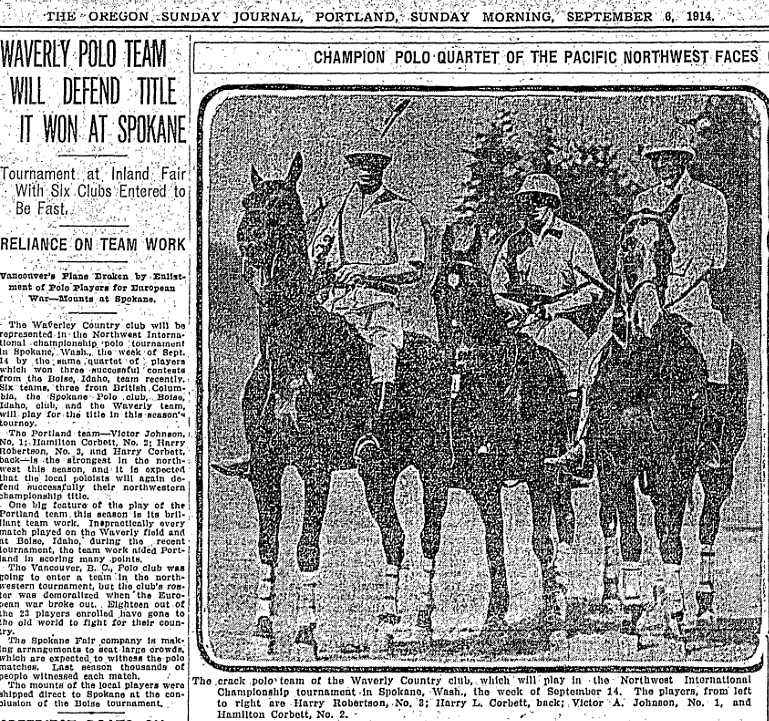
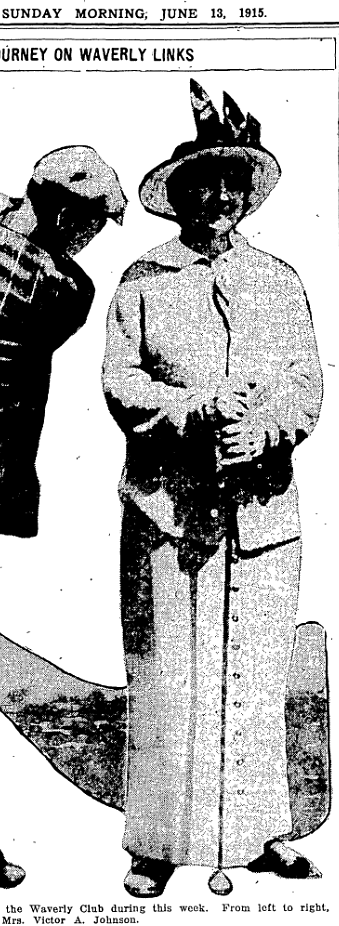
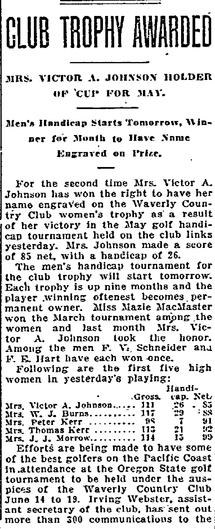
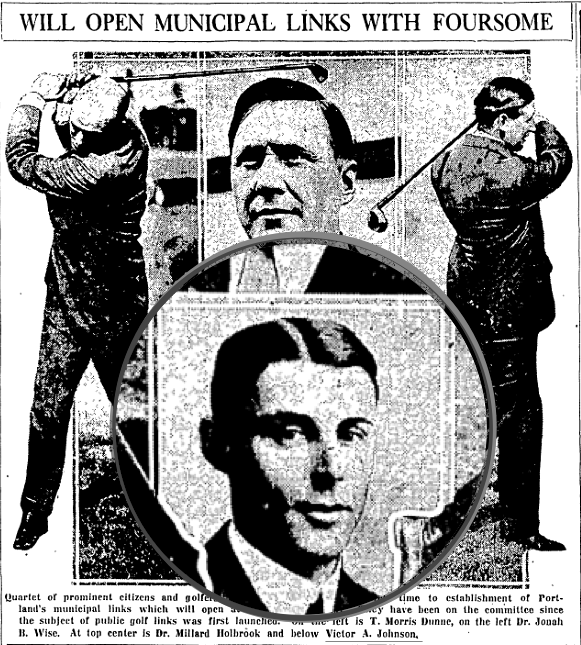

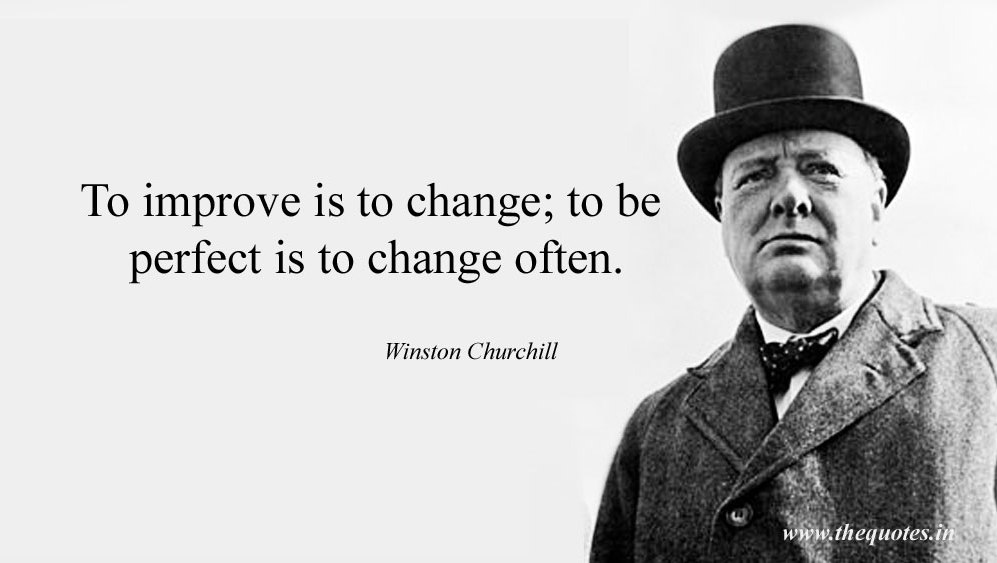
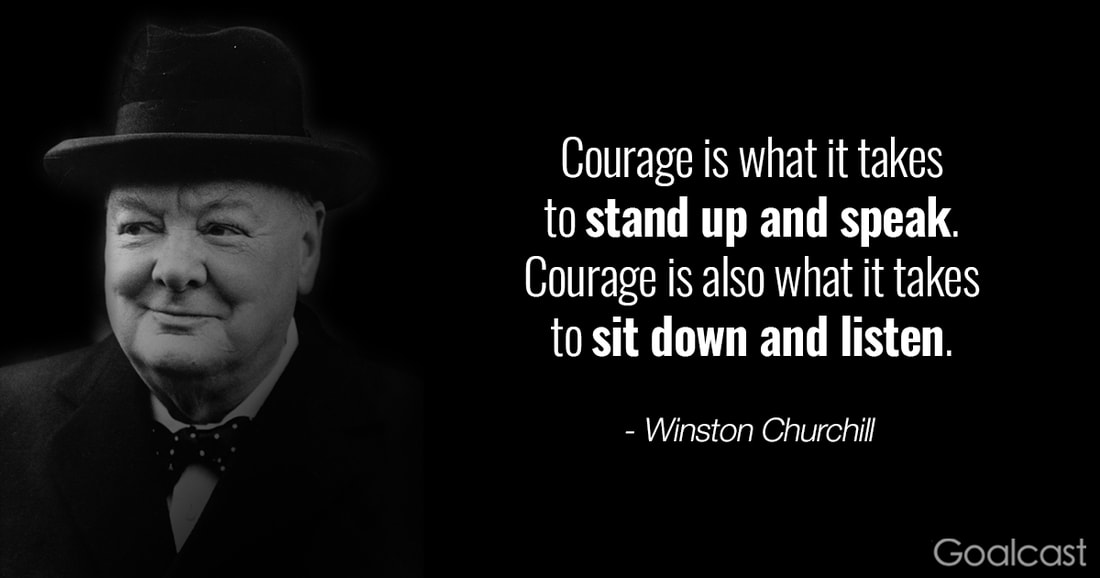
 RSS Feed
RSS Feed